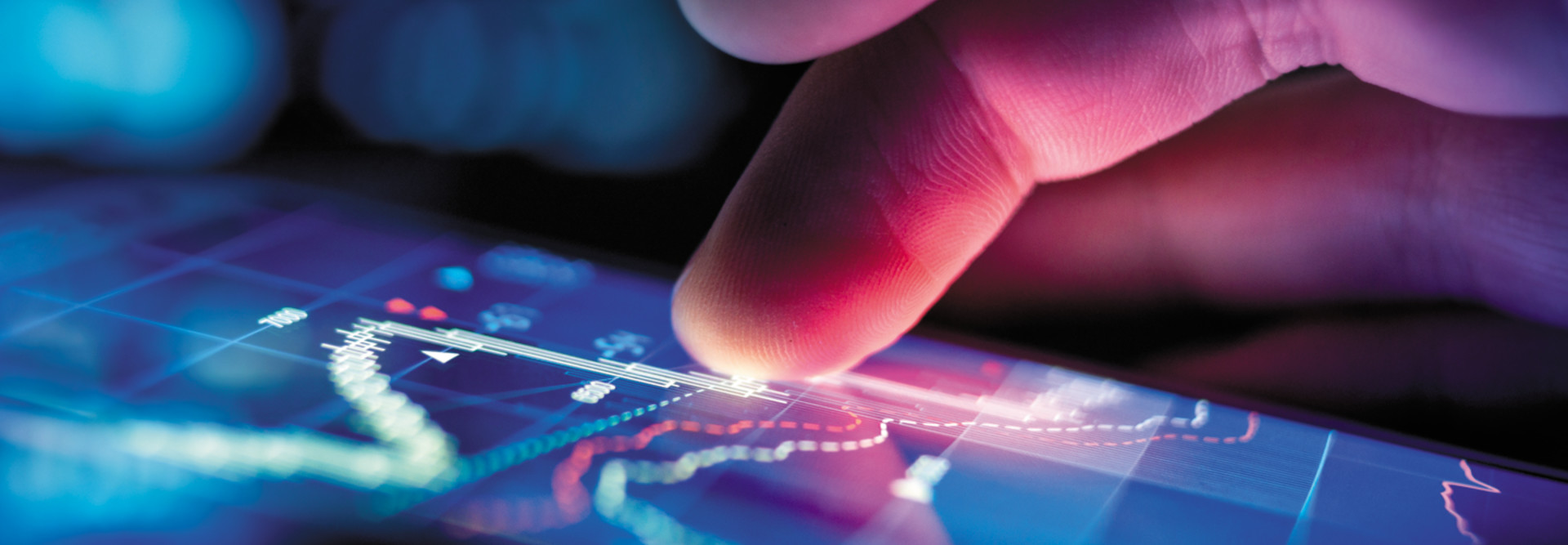Apps in Government Rev Up to Serve the Mission
Since the early days of the PalmPilot, federal users have envisioned a time when the government’s mobile ecosystem would allow for mission-critical apps. Now, after nearly 20 years of mobile evolution, that vision is becoming a reality: Both technological advances and changes in culture have spurred the federal government to embrace mobility as a means of providing productivity apps to its workers.
For those of us in the federal mobility ecosystem, it has been a long road, but one that points to a bright future.
For years, federal “mobility” was seen as a proxy for personal information management or messaging apps such as email and text. Apps that could support specific programs were rare. Releasing workers from their desks and giving them access to their email, calendar and contacts was a terrific start.
The Birth of Innovation
BlackBerry was the dominant mobile device maker in the late 1990s and early 2000s, and the government deployed its devices heavily. It was not until the mid-2000s that Microsoft, Apple and other companies began to strengthen their mobile offerings, providing more competition. Their innovations dramatically changed how public and private organizations would ultimately use mobile devices in enterprise environments.
With the introduction of the Apple iPhone and the Google Open Handset Alliance’s Android platform in 2007, mobile apps began to look a bit more like they do today. At this time, though, mobile providers focused more on creating games and other nonwork consumer applications rather than tools for use on the job.
This period in mobility, perhaps best characterized as “The Era of Angry Birds,” gave way to the consumerization of technology and the corporate and government world’s awakening to the potential power that mobile computing could provide.
Speed ahead a few years, and the current move to deploy apps that support true on-the-go mobile computer power can be attributed greatly to the parallel adoption and use of cloud computing.
Many current mobile apps connect to web services for real-time data such as GPS positioning coordinates, route optimization information, and the presentation and visualization of analytics derived from Big Data.
Amount the government has invested in the mobile workforce since the White House issued the “Digital Government Strategy” in 2012
SOURCE:Mobile Work Exchange, “Mobility Progress Report: Are Federal Agencies Passing the Test?” June 2014
The Brains of Mobile
Cloud makes mobile devices smarter because cloud services can take advantage of massively parallel computing power in a just-in-time manner and feed data to mobile users.
Similarly, mobile devices can act as sensors, providing inputs back to the cloud engines for Big Data analysis and interpretation.
Mobile devices also benefit from the “network effect.” Current consumer applications often are dependent on a community of users that provides value to end users by collecting and polling data in a way that makes devices act like data sensors on a much larger network. Take Waze, the community-based navigation app. It relies on input from users’ devices to continuously improve route and traffic information. More and more, we will see applications like this used by organizations to provide real-time situational awareness.
Additionally, app makers will seek to present data via a single pane of glass or using a dashboard view based on enterprise operations. Mobile business intelligence is happening today, and all signs point to continued robust growth.
Security and the IOT
The holy grail of mobile computing for many in government is the ability to monitor threats in real time.
Cybercrime — whether a hack at Sony, Target or the Office of Personnel Management — continues to make associated real-time monitoring a necessity, despite the daunting nature of the task.
With challenges, however, come opportunity. Many cybersecurity players are working on adaptive defenses and threat intelligence collection, monitoring and visualization apps that aim to ease analysis. Prioritized incident response, orchestration and automation are some of the tools in development for future mobile security platforms.
The burgeoning Internet of Things vastly multiplies existing cybersecurity concerns. The range of items with links to the Internet includes everything from mundane household appliances, such as refrigerators and toasters, to more industrial tools, such as X-ray machines and basic utility meters. More and more, smartphones are among the many devices connected to the Internet.
Mobile devices present both risk, as a potential vector for attack, and benefit, as a means of identifying potentially odd or threatening behavior. A security operations center can gather and interweave data points and information streaming from these devices, which could prove useful in responding to possible cyberattacks.
Still to Come
Gartner estimates that mobile phone sales will reach 2.1 billion units by 2019, which will fuel demand for apps that support enterprise uses yet meet the high performance of consumer apps.
This suggests that mobility will have a rosy future. Perhaps the stagnation of the 1990s has truly given way to dynamic growth in the availability of misson-critical apps. Given the types of mission-supporting apps that agencies are now using, 2015 may be the watershed year that many users within the federal mobile ecosystem have long awaited.









